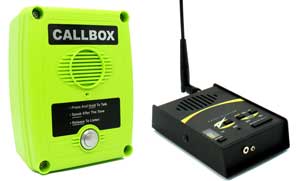Sharing information and communication is the key to success of any business, which is why major losses occur when cell phone networks fail.
Although mobile network providers guarantee minimal connectivity disruptions, all of us have witnessed situations where these promises have fallen short, especially during large catastrophic events. Two-way radios and other wireless communication devices are a great solution for escaping the consequences of an unstable cell network.
Two-way radios operate in the frequency range between 150MHz to 900MHz. Most commercial applications can be covered by hand-held portable, vehicle-mounted mobile and desktop base station two-way radios. While hand-held radios are more convenient, mobile and base station models are more powerful in operation.
The Federal Communications Commission has specified several rules for the maximum power limits of these devices. Although these devices are based on an analog technology since inception, they are slowly moving towards digital transformation. This eliminates the need to license multiple frequencies for communicating with a large group of people. The oncoming of digital technology makes it possible to assign a unique multiple digit identification code to all radios. The communication process has been simplified to a great extent with such features.
The true worth of two-way radios is highlighted during emergency situations such as occurrence of natural disasters. If you are having trouble in choosing the right Two-Way Radios and Other Wireless Communication Devices for your business, you can refer to the latest book released by IntercomsOnline.com titled: Two-Way Radio Success: How to Choose Two-Way Radios, Commercial Intercoms, and Other Wireless Communication Devices for Your Business.

